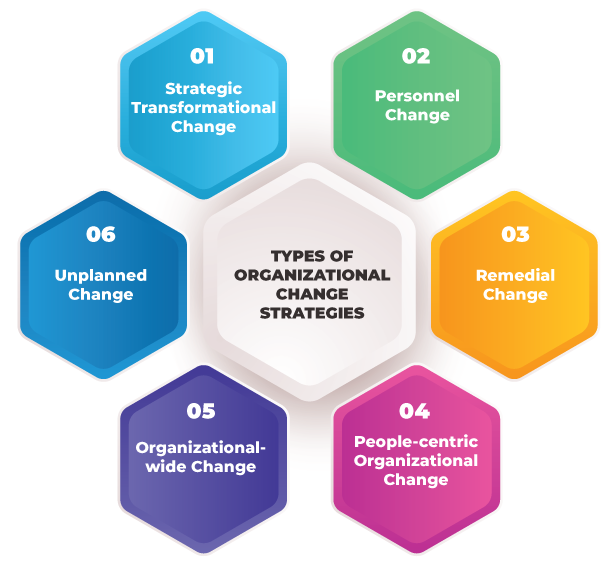
In today’s fast paced era, the concept of “change” is merely not a fact of life, but indeed an essential aspect for survival. Developments and priorities within an organization take place so quickly, thus understanding the change management definition minimizes the chances of slipping if you lag behind in updating skills.
Whether installing new software, adapting to customer requirements, or restructuring the business considering its efficiency point of view, a business needs to know Why organizational change is essential.
Let’s take a look at the change management definition, various types of strategies, and change management training.
Organizational Change Management – Definition!
Organizational change management definition refers to the change in the business process, which can significantly impact the entire organization. There are various factors that could lead to change within the organization, which include company goals, service operations, and other aspects.
Organizational change management mainly focuses on improving the productivity of the employees and enhancing business sales. Ultimately, change management help the employees to adapt and implement the change in their day-to-day work.
Why Does Organizational Change Management Matter?
Organizational change management is a necessity of every business in the present scenario. Every now and then, new employees are hired and a few leave the organization. New departments come into existence as the company grows and gradually new technologies and strategies are adopted to stay ahead in the competitive business era. For the successful accomplishment of the change management process in an organization, it is advised to inform all the employees regarding the change and how it will affect them.
Types of Organizational Change Management
Before you develop any change management plan, determine the type of change plan you wish to have that yields the best possible results.
Here is a diagram showing the types of organizational change strategies that companies follow:
Strategic Transformational Change
Minor changes made to the existing organizational policies would affect certain aspects of the organization but don’t redefine the entire business. On the other hand, significant change implementation could transform the organizational function.
Designing an efficient plan to attain the desired goal requires some serious planning. The final transformation could be positive or disastrous, and the entire thing depends on the change strategies prepared.
Personnel Change
Personnel change can happen when organizations face layoffs. The concept of layoffs has created fear and anxiety among the employees. From the organization’s point of view, the organization needs to move ahead towards growth and motivate the employees to work through difficult times.
Hiring new employees is indeed a sign of growth, which makes the organization susceptible to changes. Hiring new staff also involves training them as per the organizational requirement. If this change is not handled correctly, it can lead to inefficiency and hampers further organizational growth.
Remedial Change
The concept of remedial change comes into existence when there is a need to address the organization’s poor performance. You can customize remedial changes as you come across the issues and incorporating efficient change management strategies would be more effective.
People-centric Organizational Change
People-centric changes mainly focus on hiring new employees or implementing new policies for employees. These changes are mainly prone to emotional responses. The organization should take up the responsibility of preparing the employees for this emotional transition phase and guide the team accordingly.
Organizational Wide Change
The term “organizational-wide change “involves large-scale transformation affecting the entire organizational policies. This change explains how a policy that has been in existence for a long time has become outdated. Employees can easily make out such large-scale changes.
Attaining large-scale changes requires comprehensive planning and communication throughout the process. The result of the change depends on the strategies and the way you implement them.
Unplanned Change
It’s difficult to predict unplanned changes within the organization and you need to handle in a systematized way. In case of any security breach or disruption or chaos, implementing unplanned changes can minimize the chances of unplanned risks.
Conclusion
Before taking up any change, think about why the change needs to be made and the obstacles you encounter during the change implementation phase. Different types of organizational changes require different actions. Knowing basic change management definition and strategies with ample preparation for the same will help you attain organizational success.

















